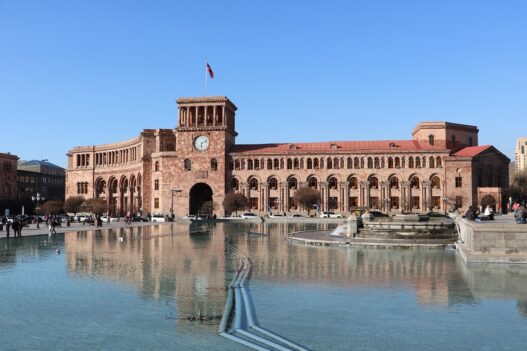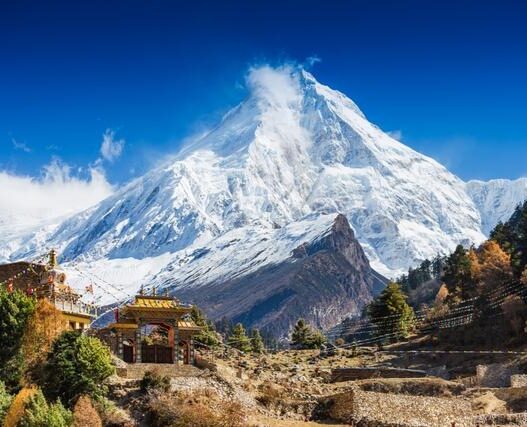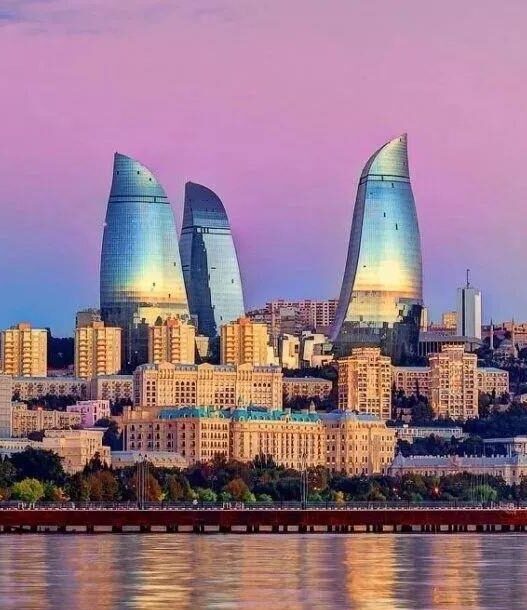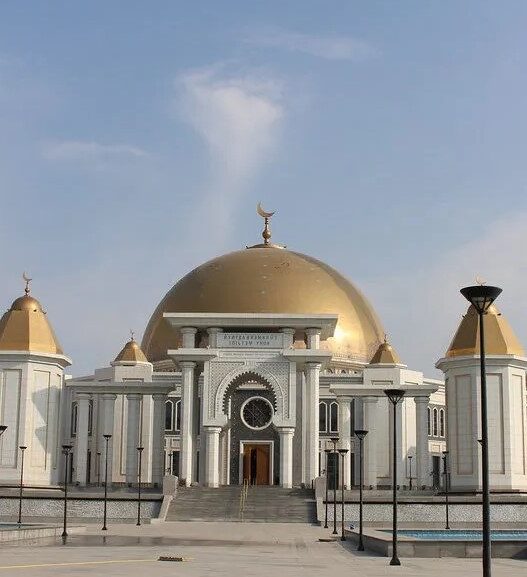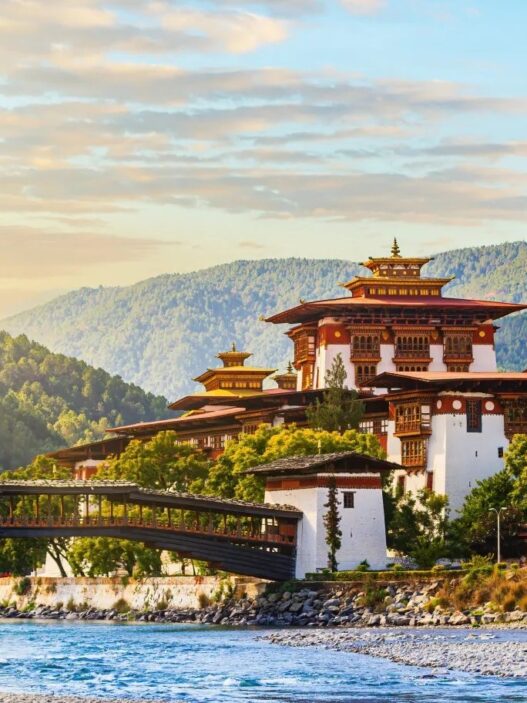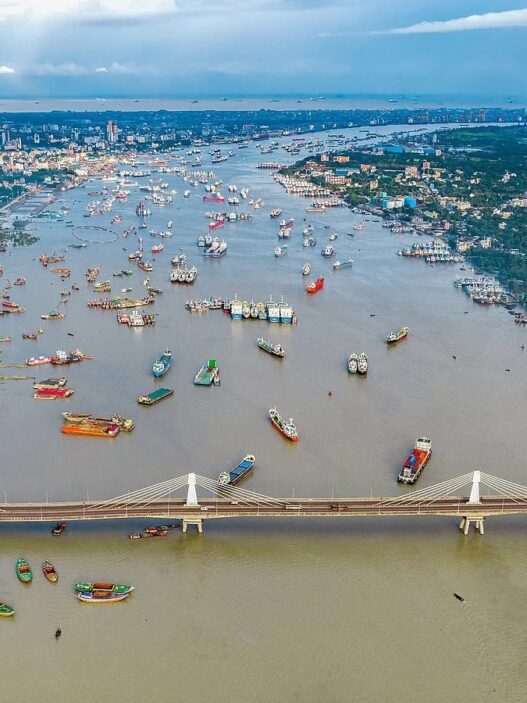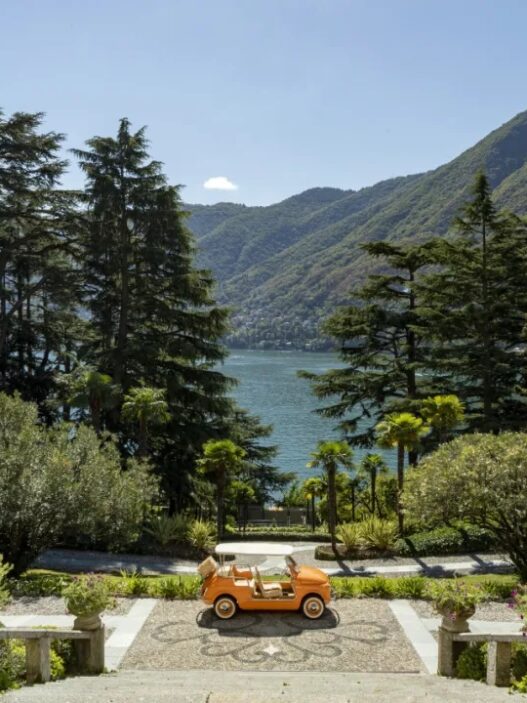Armenia is a country with a rich history and a bittersweet past! Known as the world’s first Christian nation, it is home to ancient and awe-inspiring monasteries and is rumored to be the resting place of Noah’s Ark.
Must-Visit Attractions
Cascade (Yerevan Cascade
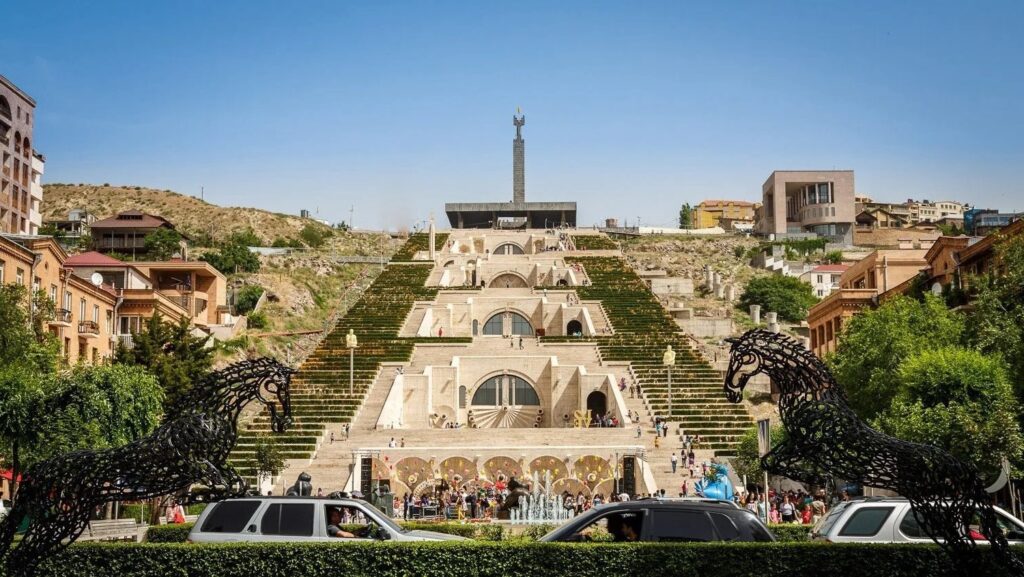
This artistic landmark in Yerevan is a must-visit spot for tourists.
History Museum of Armenia
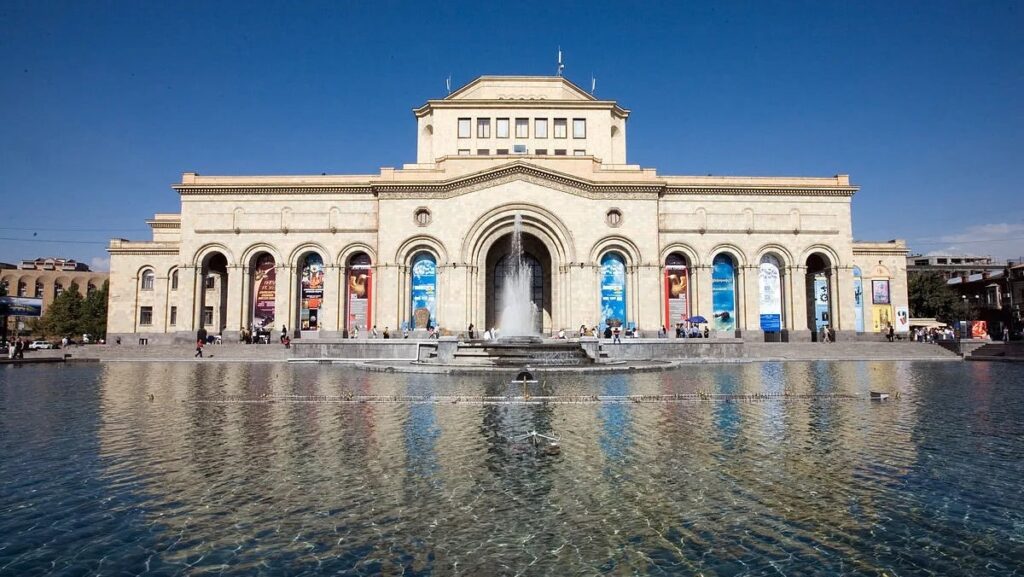
The museum boasts a vast collection covering eras from ancient to modern times, offering an immersive experience of Armenia’s history and culture. Highlights include unique artifacts like traditional wool carpets. Allocate at least four hours to explore it thoroughly.
Republic Square
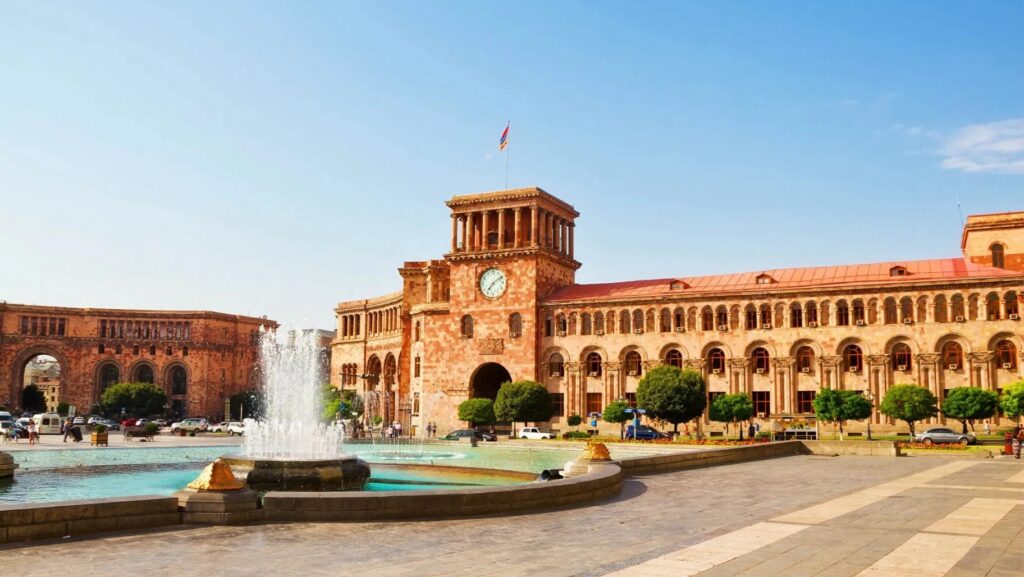
A central landmark in Yerevan surrounded by government buildings, the History Museum, and the National Gallery. The square is vibrant with cultural activities, performances, night markets, and open-air cafes, making it perfect for a leisurely stroll and enjoying local delicacies.
Armenian Genocide Memorial Museum
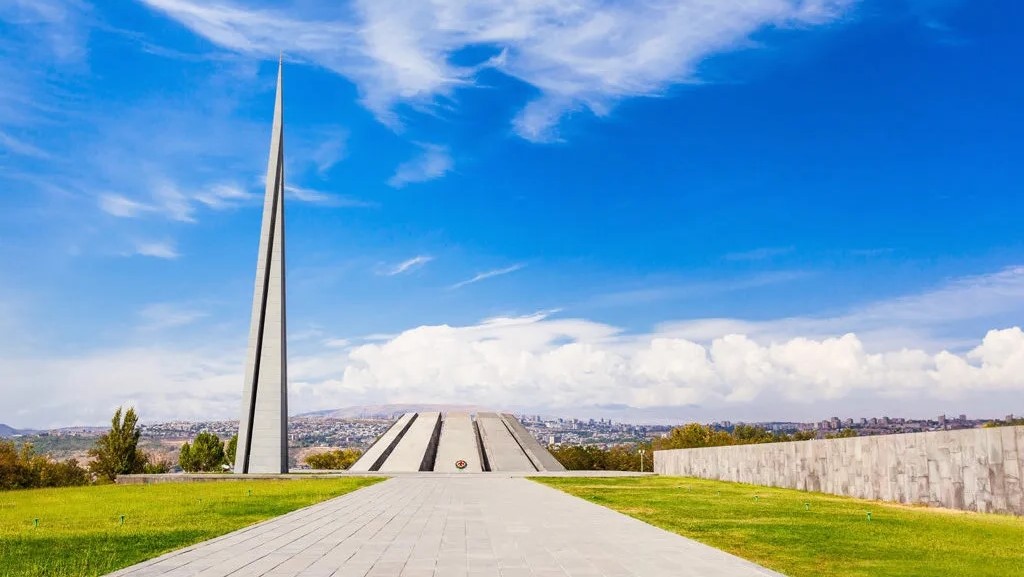
This museum holds significant historical importance and offers deep insights into Armenia’s past and culture.
Saint Gregory The Illuminator Cathedral
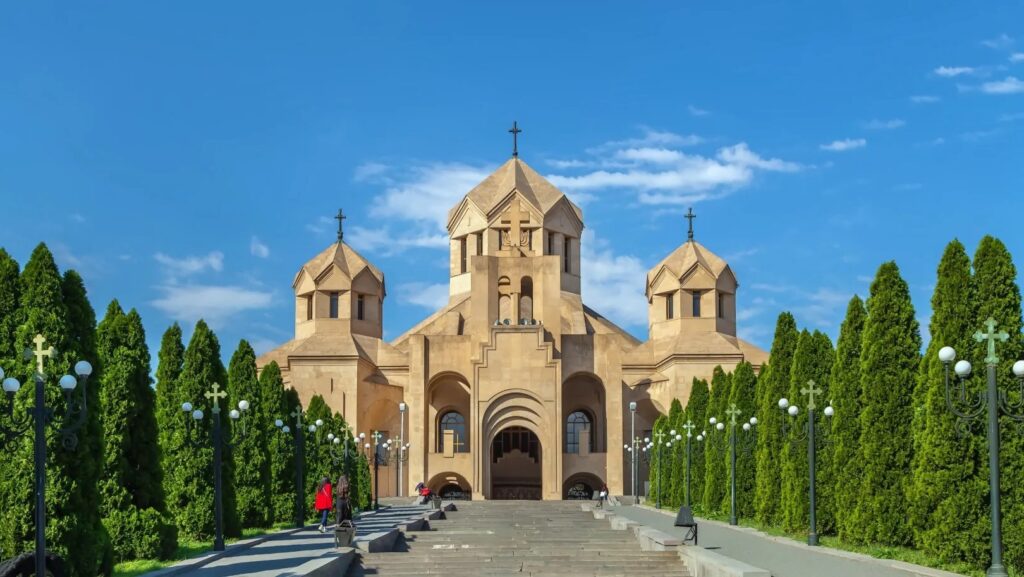
A major religious site in Yerevan, notable for its unique architectural style and historical value.
Pagan Temple of Garni
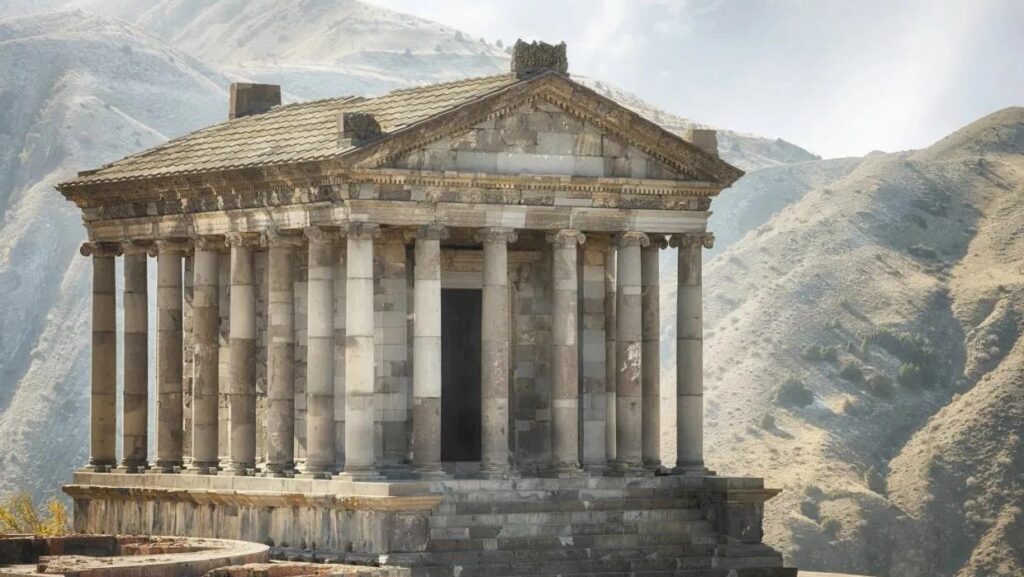
Perched on a cliff overlooking the Azat River Valley, this ancient temple showcases the charm of Greco-Roman architecture and is a testament to Armenia’s rich history. The serene courtyard and rustic interiors make it an ideal photo spot.
Sevan Lake (Sevana Lich)
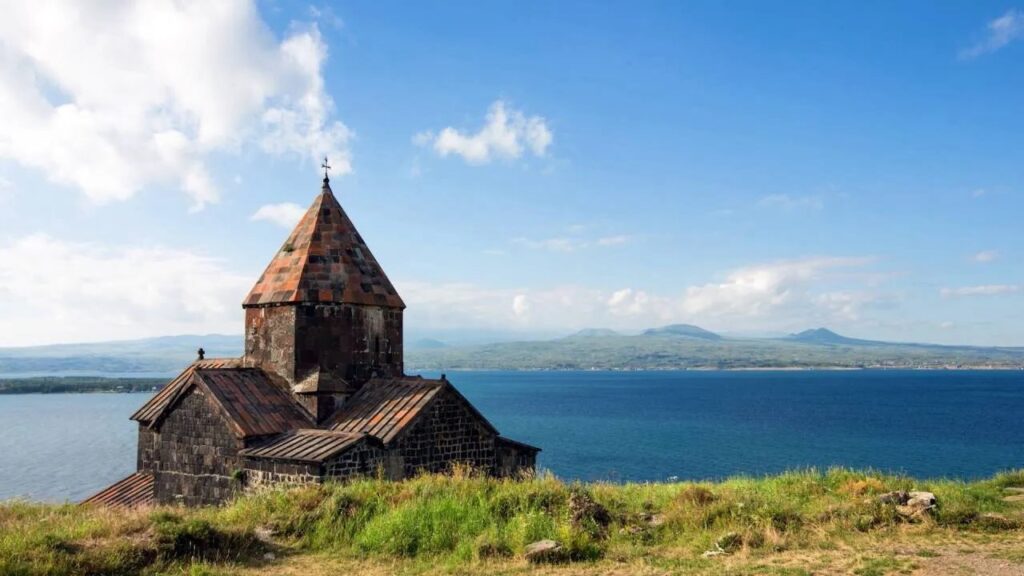
One of Armenia’s must-see destinations, Sevan Lake dazzles with its stunning landscapes and water that changes color with the weather—from vivid blue to deep azure. Visitors can enjoy lakeside dining, fishing, swimming, or water sports like jet skiing.
Haghpat and Sanahin Monasteries
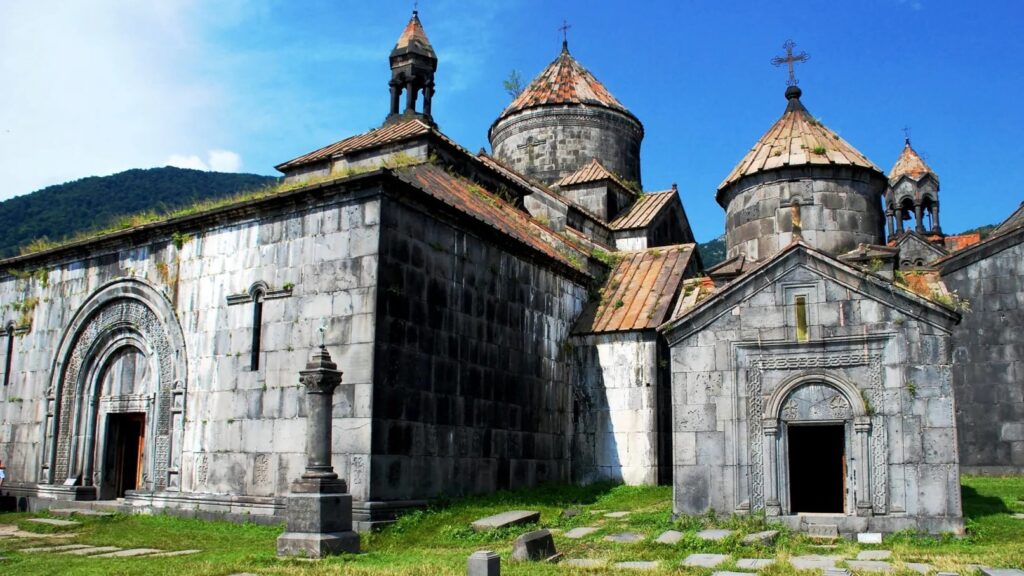
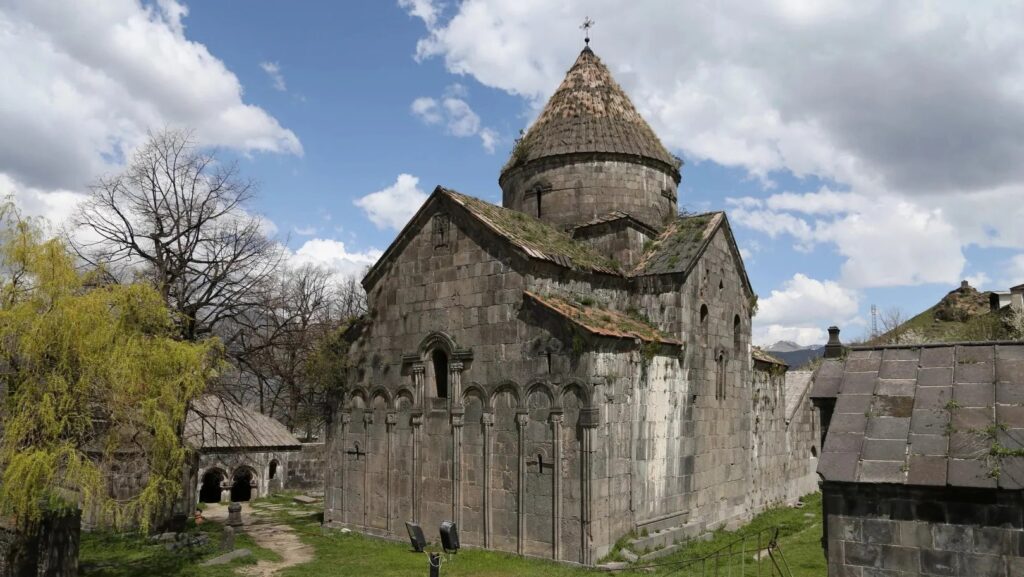
These UNESCO World Heritage Sites are masterpieces of medieval Armenian architecture, featuring rock-hewn churches and tombs that highlight Armenia’s unique artistry.
Geghard Monastery
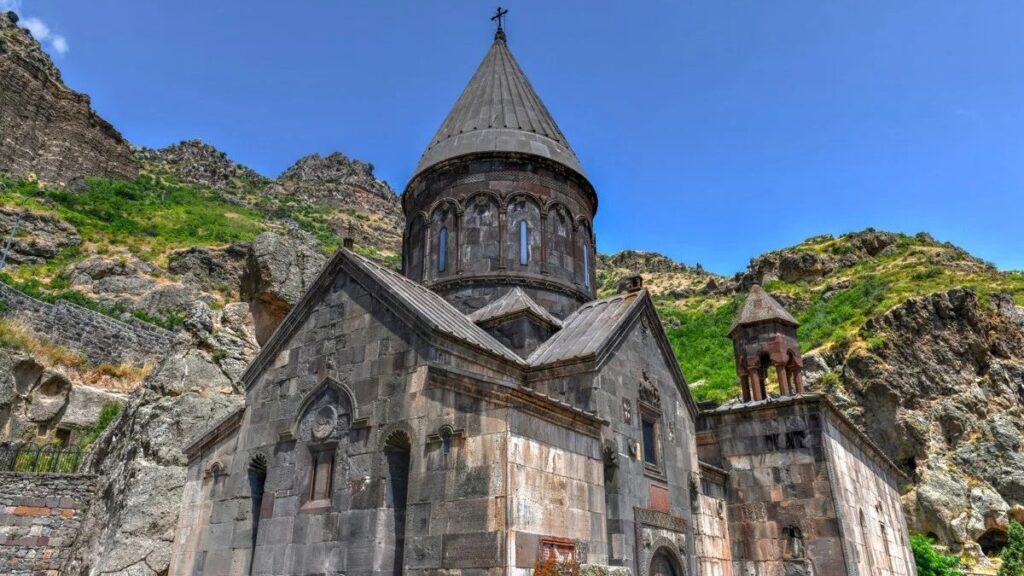
Nestled in a steep canyon, this historic monastery is a tranquil retreat for visitors seeking to explore Armenia’s spiritual heritage.
Mount Aragats
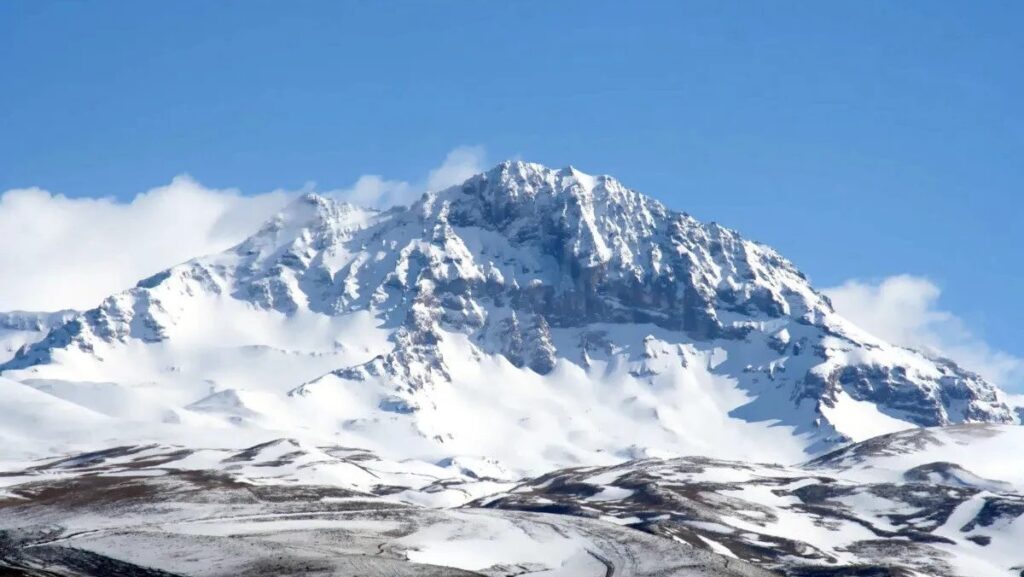
As Armenia’s highest peak, Mount Aragats is a paradise for mountaineers. The best climbing season is July to September, offering breathtaking views of snow-capped mountains. Due to challenging terrains, beginners are advised to hire transportation or take guided tours.
Must-Try Foods
Khorovats (Armenian Barbecue)

Fresh lamb marinated with aromatic spices, a staple of festive gatherings and family meals.
Khash (Armenian Beef Leg Soup)

A hearty, traditional breakfast soup made from boiled beef legs, perfect for warming up during winter.
Basturma (Cured Meat)

Garlic and spice-cured dried meat, often served as an appetizer or side dish.
Lahmajun (Armenian Lamb Pizza)

A thin, crispy flatbread topped with spiced minced lamb and vegetables for a flavorful treat.
Dolma

Grape leaves stuffed with a mix of rice, herbs, and spices, with or without meat, offering a fresh and savory taste.
Ghapama (Roasted Pumpkin Rice)

A festive dish made by filling hollowed-out pumpkins with rice, dried fruits, and nuts, traditionally enjoyed around Christmas.
Best Time to Visit
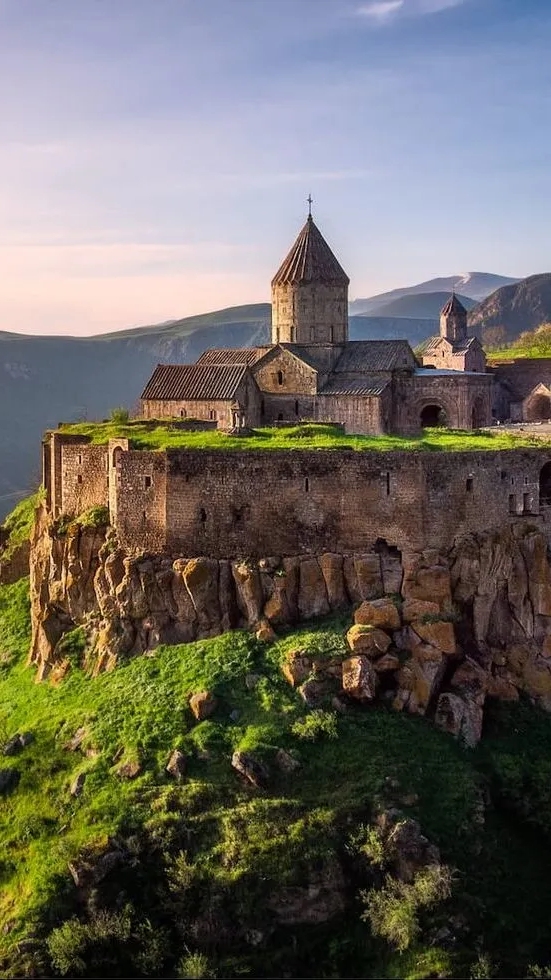
Climate
Located at latitudes 38.50°N–41.18°N and longitudes 43.27°E–46.37°E, Armenia experiences a highland subtropical climate with variations depending on altitude. January temperatures range from -2°C to 12°C, while July averages 24°C–26°C. Annual precipitation varies from 200mm to 800mm.
Ideal Seasons
Spring (March–April)
Weather: Mild and warming.
Scenery: Green mountains and blooming flowers create picturesque landscapes.
Crowds: Fewer tourists, allowing for a deeper cultural and historical experience.
Summer (May–July)
Weather: Hot and sunny.
Activities: Perfect for outdoor adventures like hiking in the mountains or water sports in lakes and rivers.
Culture: A peak season for traditional festivals and celebrations.
Autumn (August–September)
Weather: Cool and pleasant.
Activities: Ideal for vineyard visits during harvest, sampling fresh grapes and wine. Explore ancient monasteries surrounded by autumn foliage.
Winter (November–February)
Weather: Cold and snowy.
Activities: Perfect for winter sports like skiing and sledding. Warm up with hot springs for relaxation and rejuvenation.







